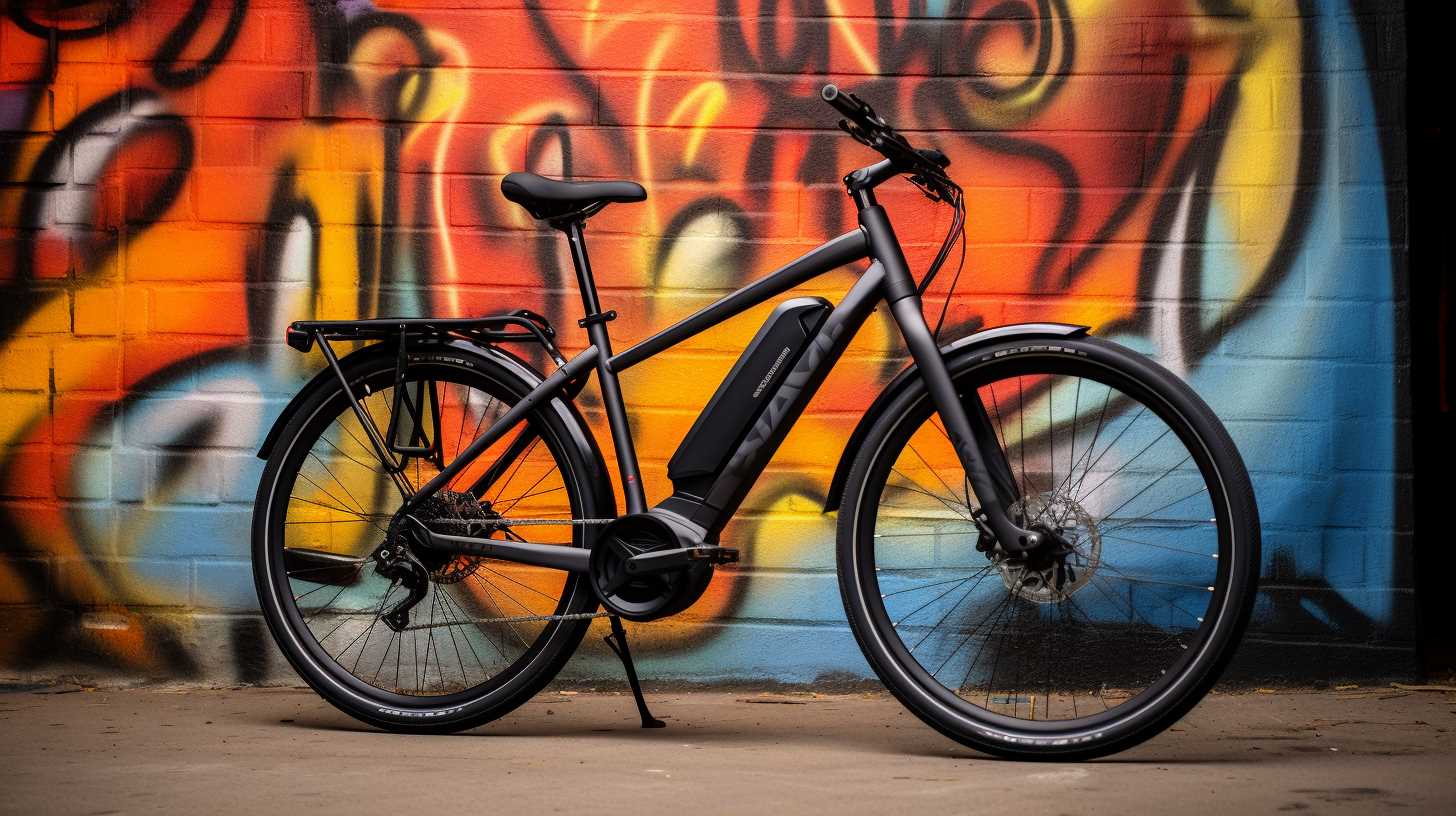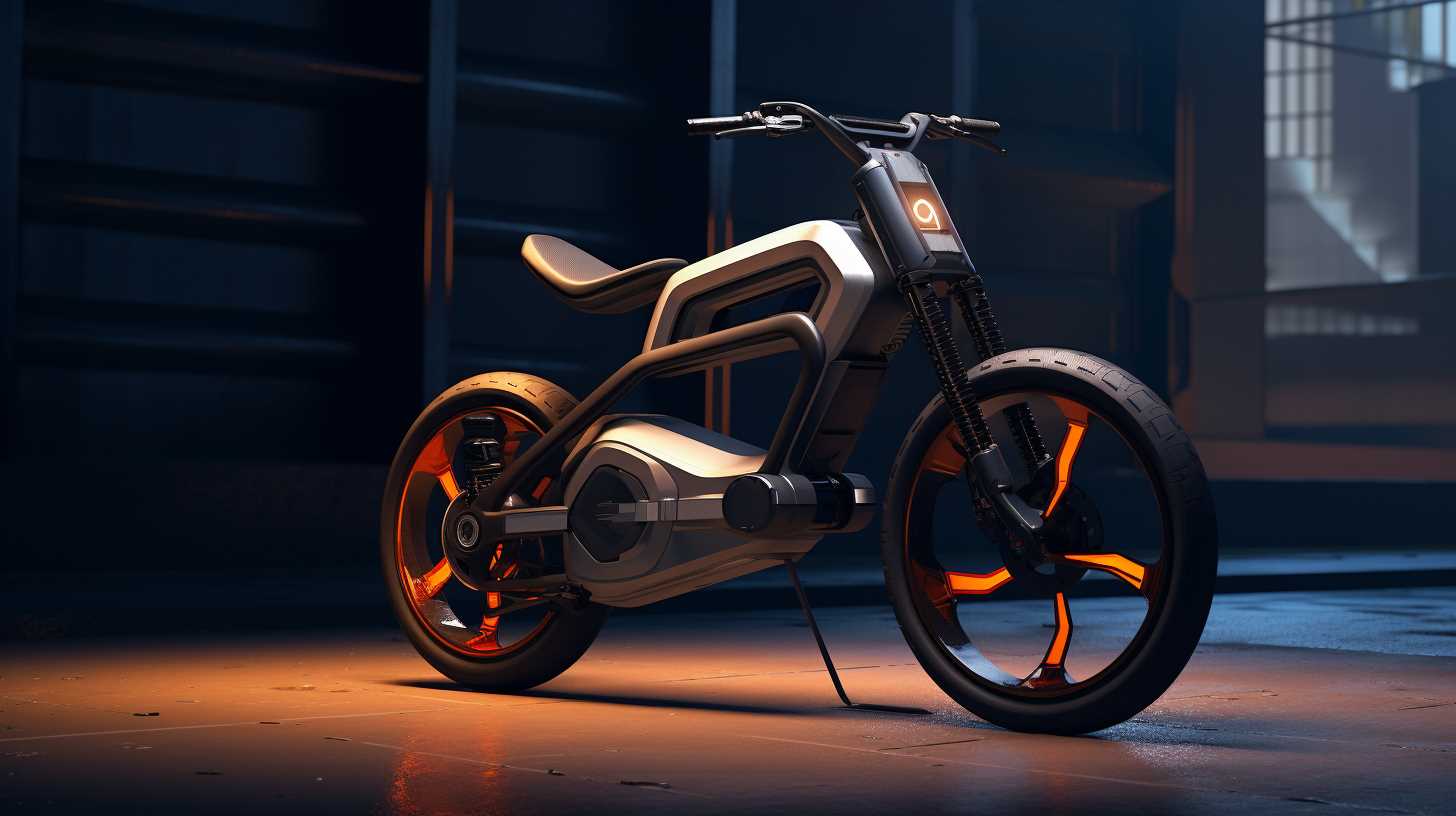
When considering electric bike batteries, lithium-ion outshines lead acid due to its higher energy density, providing more power in a lighter, compact form for longer rides. It excels in performance thanks to better acceleration and range, enhancing handling with its lighter weight. With a longer lifespan and efficiency in power delivery, lithium-ion guarantees reliability and longevity with proper care. Its practicality and safety are evident in its weight and portability advantages, making it an efficient choice. Although pricier initially, lithium-ion\'s durability and environmental friendliness offer long-term benefits, guaranteeing a superior biking experience.
Energy Density Comparison
When comparing lead acid and lithium-ion batteries for electric bikes, the crucial factor to consider is their energy density. Energy density refers to the amount of energy stored in a battery per unit volume or weight.
Lithium-ion batteries have a higher energy density compared to lead acid batteries. This means that lithium-ion batteries can provide more power while being lighter and more compact, making them a safer and more efficient choice for electric bikes.
Higher energy density allows for longer rides on a single charge, reducing the risk of running out of power unexpectedly. When considering safety and reliability, opting for a lithium-ion battery with superior energy density can improve your overall biking experience while ensuring a smoother and more secure ride.
Performance and Efficiency Analysis
Comparing the performance and efficiency of lead acid and lithium-ion batteries for electric bikes reveals significant differences in power output and operational effectiveness.
Lithium-ion batteries are known for their higher energy density, providing more power and longer range compared to lead acid batteries. This translates to better acceleration and overall performance on electric bikes.

Additionally, lithium-ion batteries are lighter in weight, reducing the overall load on the bike and improving handling and maneuverability, which is essential for safety.
The efficiency of lithium-ion batteries is also higher, allowing for a more consistent and reliable power delivery during rides. These factors contribute to a smoother and more enjoyable riding experience, making lithium-ion batteries a preferred choice for electric bike enthusiasts seeking superior performance and efficiency.
Durability and Longevity Evaluation
The durability and longevity of lead acid and lithium-ion batteries for electric bikes are important factors in evaluating their overall performance and cost-effectiveness. When contemplating these aspects, it is essential to prioritize safety and reliability. Here are some key points to take into account:
- Lead acid batteries are known for their robust construction but have a shorter lifespan compared to lithium-ion batteries. Lithium-ion batteries offer a longer lifespan with proper care and maintenance. Both types of batteries can degrade over time, affecting their performance and capacity. Regular maintenance, proper charging practices, and storage conditions can significantly impact the durability and longevity of electric bike batteries.
Weight and Portability Considerations
With a focus on enhancing user experience and practicality, the weight and portability of electric bike batteries play an essential role in determining their suitability for various usage scenarios.
Lithium-ion batteries are significantly lighter and more compact than lead-acid batteries, making them a preferred choice for electric bikes where weight and space are critical considerations. The lightweight nature of lithium-ion batteries not only contributes to a more enjoyable riding experience by reducing the overall weight of the bike but also makes it easier to handle and transport.
This aspect is particularly important for users who may need to carry spare batteries for extended rides or for those who require the flexibility to remove the battery for charging in different locations. Prioritizing weight and portability ensures convenience and ease of use, promoting safety and practicality for electric bike users.
Cost Analysis and Affordability
When evaluating the cost effectiveness of lead-acid and lithium-ion batteries for electric bikes, it becomes evident that the initial investment required for lithium-ion batteries is higher but may offer long-term savings in terms of performance and durability.

- Lithium-ion batteries typically have a higher upfront cost but can last longer with proper maintenance. Lead-acid batteries are initially cheaper but may need more frequent replacements, leading to higher long-term costs. The efficiency of lithium-ion batteries may result in savings on electricity bills over time. Considering the overall lifespan and performance, investing in a lithium-ion battery could be a more cost-effective choice for safety-conscious individuals looking for reliable and long-lasting power sources for their electric bikes.
Environmental Impact Assessment
When evaluating the environmental impact of lead-acid and lithium-ion batteries for electric bikes, it is important to consider factors such as production processes, resource consumption, and end-of-life disposal methods.
Lead-acid batteries, though cheaper, are heavier and contain toxic materials like lead, posing risks if not disposed of properly.
On the other hand, lithium-ion batteries are lighter, more energy-efficient, and have a lower self-discharge rate. However, their production involves complex processes and resource-intensive mining. Proper disposal of lithium-ion batteries is critical to prevent environmental contamination.
Considering these factors, it is essential for electric bike users to recycle batteries responsibly and be aware of the environmental implications of their choice to promote a sustainable future for all.
Frequently Asked Questions
Can Lead Acid Batteries Be Easily Replaced With Lithium Ion Batteries in Electric Bikes?
Upgrading electric bike batteries from lead acid to lithium ion can provide improved performance and efficiency. Nevertheless, it is crucial to verify compatibility with the bike's system, seek professional guidance, and follow safety protocols.
Are There Any Safety Concerns Specific to Lithium Ion Batteries for Electric Bikes?
When considering safety concerns specific to lithium ion batteries for electric bikes, it is vital to address potential risks such as overheating, short-circuiting, and fire hazards. Proper maintenance, storage, and charging practices are essential to mitigate these risks.
Can Electric Bikes Using Lead Acid Batteries Be Retrofitted to Use Lithium Ion Batteries?
Retrofitting electric bikes from lead acid to lithium ion batteries is a popular choice due to the latter's energy density. This upgrade improves performance and range, while also reducing weight. It's important to guarantee proper installation for ideal safety.

How Do Temperature Fluctuations Affect the Performance of Lithium Ion Batteries in Electric Bikes?
Temperature fluctuations best ebike touring companies can significantly impact the performance of lithium ion batteries in electric bikes. Extreme heat can degrade battery life and capacity, while cold temperatures can reduce power output. Proper storage and usage in moderate temperatures are essential for best battery performance.
Are There Any Specific Maintenance Requirements for Lithium Ion Batteries in Electric Bikes?
Ensuring peak performance and longevity, maintenance requirements for lithium ion batteries in electric bikes include regular charging, storage at moderate temperatures, and avoiding deep discharges. Consult the manufacturer's guidelines for specific care instructions.